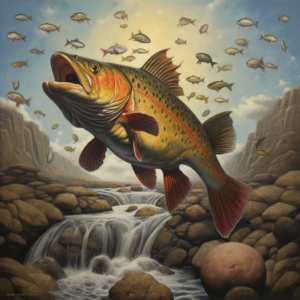Stepping into the great outdoors with the anticipation of tracking game is a thrilling venture, especially for beginners. The art of tracking is a skill honed over time, where each trail teaches you something new. In this guide, we will walk you through the initial steps of tracking game, helping you navigate the common mistakes and learn from them. Let’s set foot on this exciting trail!
The Adventurous World of Game Tracking
1. The Language of Tracks
Tracks tell the story of the animal that left them. As a beginner, learning to read these stories is your first task. Here are some pointers:
– Shape and Size: Different animals leave distinct tracks. Learn to differentiate between them based on shape and size.
– Direction: The direction of the tracks can give you a clue about the animal’s path and its recent activities.
2. Signs Beyond Tracks
Apart from tracks, animals leave other signs that can guide you to their whereabouts. Here’s what to look for:
– Feeding Signs: Look for signs of feeding such as nibbled leaves or fruits, which can indicate the presence of game nearby.
– Bedding Areas: Finding bedding areas can give you insights into the animal’s habits and preferred locations.
3. Sensing the Environment
A successful tracker is one who is in tune with the environment. Here’s how to sharpen your senses:
– Listening: The sounds of the forest can provide vital clues. Learn to distinguish between different animal calls and noises.
– Observing: Keep a keen eye on your surroundings. Sometimes, the slightest movement or a broken twig can lead you to your game.
Strategies for a Successful Tracking Expedition
1. Early Bird Advantage
2. Moving Slowly and Silently
3. Keeping the Wind in Your Favor
Understanding the direction of the wind is crucial when tracking. Always try to approach the game from downwind to prevent your scent from reaching them.




